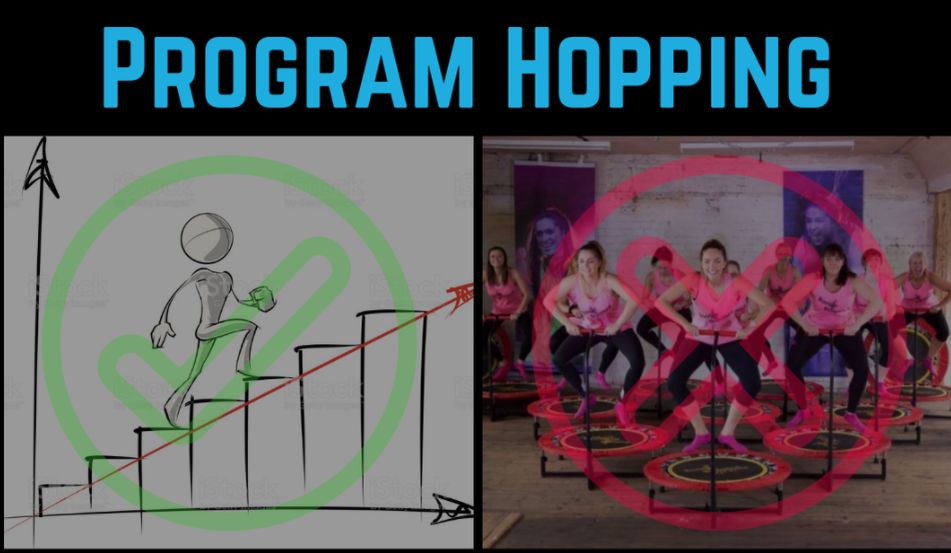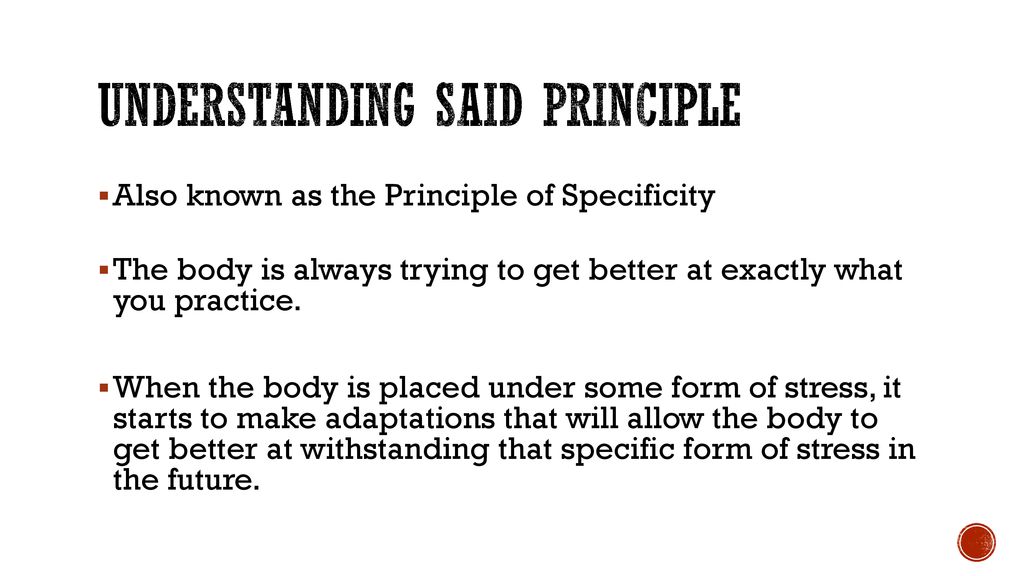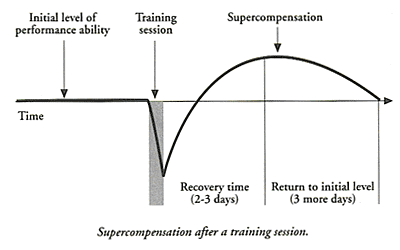Program Hopping
by Erik Castiglione
Program hopping – what is it? It’s when you jump from exercise program to exercise program without seeing a program through to its end. It also occurs if you belong to a gym like Viking Athletics, and you decide to do CrossFit one week, weightlifting the next, and then powerlifting the third. Or, if you attend more than one program in a week (or in a day, though this is STRONGLY discouraged). While we don’t generally recommend program hopping, many of you are going to do it anyway. Our weightlifters in particular are tasked with doing 1-2 days of conditioning to help with their recovery and work capacity, and often, this takes the form of a CrossFit class. So, we’re going to delve into the potential issues with program hopping, and then discuss how to do it in the safest way possible.

We’ve previously covered the difference between programming and random workouts. A quick recap – programming consists of organized workouts, designed to elicit a specific adaptation. If we’re working on your endurance, that chunk of programming is designed with endurance in mind. We optimize the way your body is stressed, so that you can recover from the workouts and make continuous progress. Random workouts don’t take this into consideration. When you jump from program to program, you run the risk of falling back into the random workout approach. And, with truly random workouts, you run the risk of doing the same thing multiple days in a row.

Take this past week for example. We have a few athletes switching back and forth between our new powerlifting program and CrossFit. While Tuesdays in powerlifting are mostly upper body days, they do include high volume deadlifts. So, for an athlete attending powerlifting on Tuesday and Thursday, while fitting a CrossFit class in on Wednesday, the middle of the week looked like this:
Tuesday: High Volume Deadlift
Wednesday: High Volume Deadlift, lower body accessory work (including double KB box squats)
Thursday: High Volume Squat, lower body accessory work (including double KB squats)
That is a HUGE amount of lower body volume, and much of it is redundant. Not to mention that deadlifts are extremely taxing neurologically. There are ways to incorporate multiple deadlift days in a week (our powerlifting program does), but they require adequate rest in between. We mentioned above that programming is designed to elicit a specific adaptation. Repeating the same training stimulus without enough rest between bouts blunts this adaptation.
In addition to raising the possibility of redundant movements, program hopping can lead to movement sequences that are less than ideal. For example, the bench press relies heavily on the triceps, pecs, and lats. It’s a movement that results in (hopefully) temporary internal rotation in the shoulders as the body recovers. The snatch requires a great deal of external rotation in the shoulders. Anyone who has attempted to snatch when they’re feeling tight knows how difficult it can be to hold the bar overhead. Repeated bouts of snatching the day after benching is a recipe for a shoulder injury (and I’m speaking from experience here).
Finally, all of our programs are designed with specific movement progressions in mind. We use these progressions to address the gaps and weaknesses that affect the most people. For example, our current CrossFit cycle is focused on speed under the bar and comfort in the receiving positions for the clean and snatch. Our complexes started with tall cleans, moved to high hang cleans, and only after weeks of practice are we now moving back to the floor. We did something similar with snatches. Our weightlifting and powerlifting programs follow similar progressions. If you jump from program to program, you may miss out on opportunities like these to work on your weaknesses, and then put everything back together. So, when we retest, you may be less likely to hit a PR.
Now, since many of our members are going to ignore this advice and perform some combination of CrossFit, powerlifting, weightlifting, and CrossFit track in the same week, how can we limit our risk? There are 4 steps to take to keep yourself safe if you’re going to program hop:
Step 1 – look ahead at all the programming for the various programs we offer. All programs SHOULD be uploaded a week in advance, so you can see what’s coming (yes, I realize that sometimes we fall behind).
Step 2 – plan your week to avoid redundancies and problematic combinations where possible. Are you snatching in weightlifting class on Monday? Try to avoid CrossFit the next day if it involves the same movement. And, as mentioned above, try to avoid snatching the day after direct chest work.
Step 3 – adjust volume and intensity, ESPECIALLY in cases where step 2 isn’t possible. If you do end up snatching two days in a row, make the second day lighter, and focus on technique. And, if you had a lot of reps the night before, cut down on reps in class. The same goes for other movements.
Step 4 – listen to your body. This goes for everyone, ALWAYS, even if you’re not program hopping. If you’re feeling absolutely shot, either take a rest day, or come in and just move. You might need to avoid a particular movement completely. That’s okay, ask a coach for a substitution, it’s what we’re here for.
At the end of the day, it’s your call whether or not to program hop. We don’t recommend it, but if you’re going to, make sure you do it safely. Look ahead, plan out your week, listen to your body, and ask a coach for help to make sure you don’t overdo it. See you in the gym.

